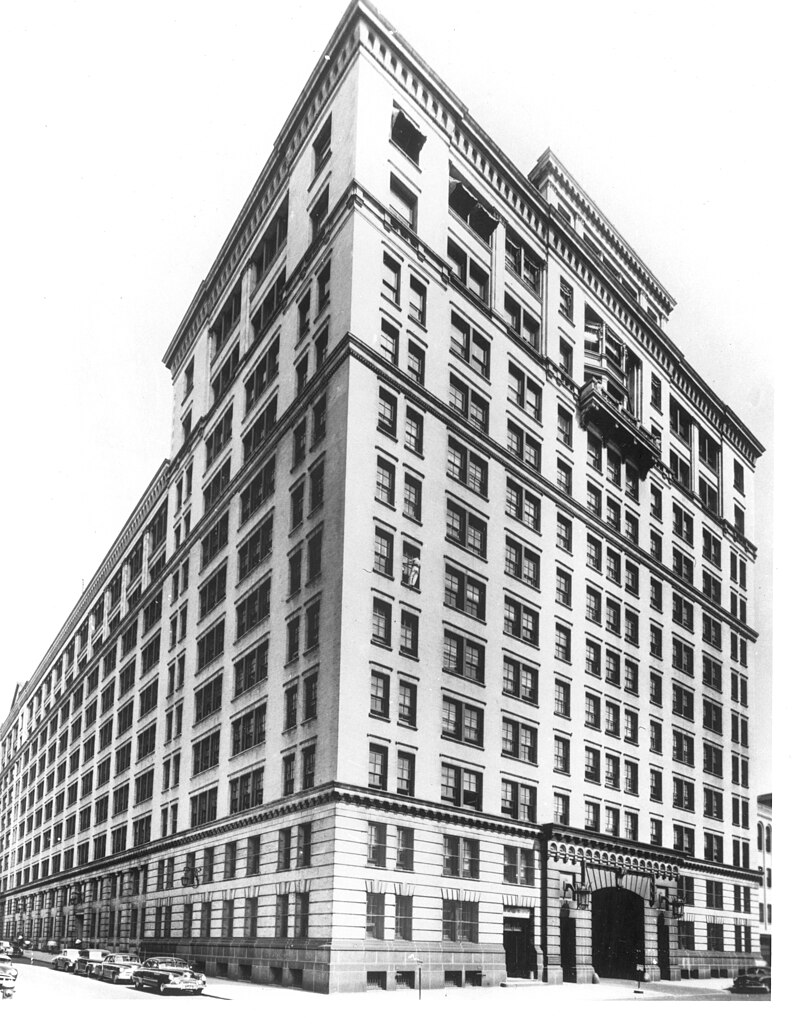History was made when Bell Telephone Laboratories successfully conducted the first long-distance television transmission on April 7, 1927. This groundbreaking event, which took place between Washington, D.C., and New York City, marked a significant breakthrough in the development of television technology. It proved that moving images could be transmitted over great distances, laying the groundwork for modern broadcasting.
Herbert E. Ives and Frank Gray, two engineers at Bell Labs, led the experiment, and their primary goal was to show that television could be more than just a local experiment—it could connect people across cities. For the test, the engineers and a team of dedicated assistants, who worked tirelessly, used a mechanical television system with a flying-spot scanner beam that illuminated the subject. A 50-aperture disk scanned the images at 18 frames per second, far slower than modern television but groundbreaking for its time. The system transmitted monochrome moving images over wire and radio signals, proving that television could be broadcast over multiple communication methods.
The star of this historic broadcast was Herbert Hoover, then U.S. Secretary of Commerce (and later the 31st President of the United States). His presence and words added a significant historical and political dimension to the event. Hoover addressed viewers in New York while being filmed in Washington, saying:
“Today, we have, in a sense, the transmission of sight for the first time in the world’s history. Human genius has now destroyed the barrier of distance in a new respect and hitherto unknown manner.”
Alongside Hoover, the transmission also included live images of laboratory assistants and other individuals, demonstrating the technology’s ability to capture motion.
This demonstration was remarkable because it successfully transmitted images using a wired copper link and a radio connection, showing no significant difference in picture quality. The screen used in New York measured 24 inches by 30 inches—large for the time—and had 2,500 total pixels (a 50×50 resolution). While electronic television systems would eventually replace mechanical television, this event was a crucial proof of concept. It demonstrated that television could be used for real-time communication between distant locations, setting the stage for future broadcast television and global media networks.
Today, we take the ability to watch live events from anywhere in the world for granted, but it all started with this groundbreaking experiment nearly a century ago.

